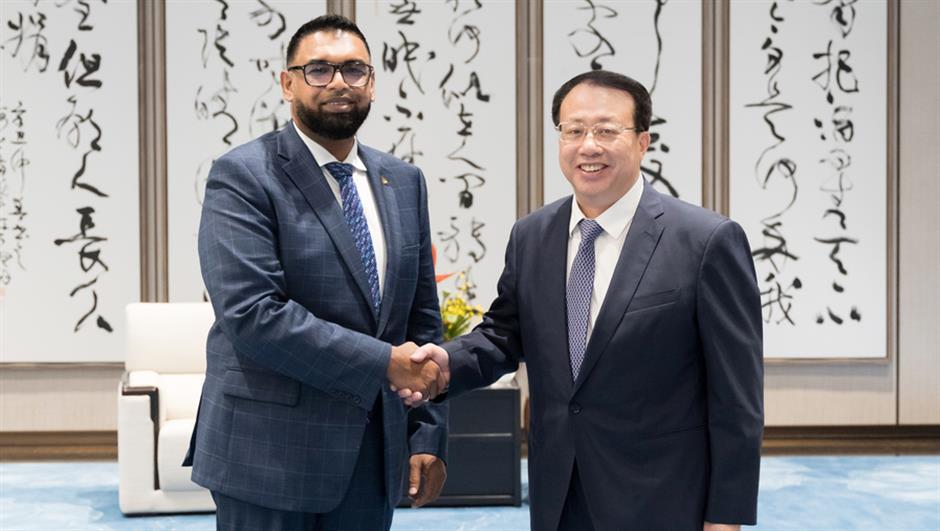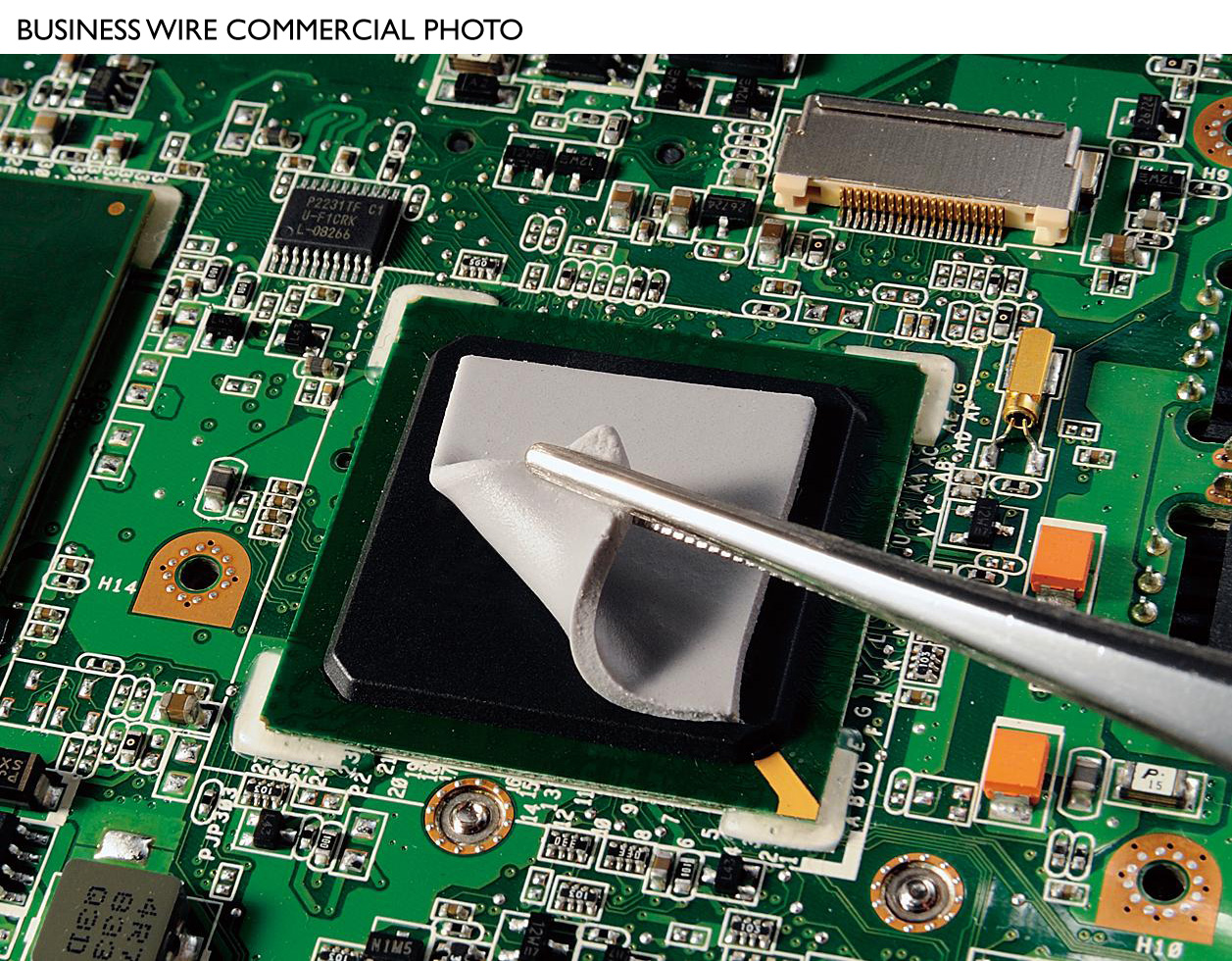By Ashish Dhawan and Pankaj Mohindroo
Electronics is the biggest manufactured and traded class globally, valued at over $2 trillion, of which China provides nearly over 50%. Nonetheless, the wage value in China is rising quick and consumers need to diversify and de-risk their provide chains. This presents a novel alternative for India to make a significant progress in the direction of the 200 million jobs it must create urgently. Nonetheless, India isn’t the one choice or a standout simply but.
India has taken step one to alter with the PLI scheme, leading to electronics exports crossing $23 billion in FY23. Whereas that is heartening, it’s simply over 1% of the worldwide electronics commerce. At present, even small nations like Singapore, Vietnam, and Malaysia cumulatively export over $100 billion of electronics yearly. The federal government has already set a short-term exports goal of $120 billion, however we are able to suppose greater. With 20% of world workforce, taking justifiable share of electronics market will imply an exports goal of no less than $400bn which is the same as all our merchandise exports put collectively and may create over 20Mn direct jobs.
Attaining this bold goal would require a whole overhaul in our considering, particularly for taxation, labour legal guidelines and employee housing. There are 5 key areas the place India wants a radical change in mindset to capitalise on this chance.
Additionally Learn Digital India Act to strike steadiness between innovation and social points: Vaishnaw
Small in not lovely: Electronics manufacturing prospers in massive clusters which give requisite economies of scale. India has had two schemes for selling electronics clusters, EMC 1.0 and EMC 2.0, in 2012 and 2020 respectively, however they’ve met with restricted success. One key problem is we haven’t envisaged our manufacturing clusters at requisite scale. India at the moment has nearly 400 SEZs throughout the nation to drive exports. As compared, the Shenzen SEZ in China alone is similar dimension as all SEZs in India put collectively and is answerable for twice the exports. India should double down on creating mega, world scale electronics clusters in simply a few areas throughout the nation. UP (Noida), Tamil Nadu, and Telangana are already rising as entrance runners and time has come to wager large to create electronics clusters of world scale.
Duties are a double-edged sword: Excessive import duties and strict localisation norms have been two of essentially the most overused coverage instruments to advertise native manufacturing. Whereas these do succeed to an extent in making certain native manufacturing/ meeting for home consumption, additionally they hurt any drive in the direction of attaining world competitiveness. That is notably true in electronics the place provide chains are globally intertwined.
Given India represents solely 3% of world market in electronics by worth, lacking out on 97% of the chance to safe this small share is a poor trade-off. Furthermore, India is now shifting from being an import-substitution electronics economic system to an export-led economic system.
Electronics exports climbed to the sixth-highest spot this 12 months registering a progress of over 50% to succeed in $23.5 billion. Complicated obligation construction with excessive and always altering charges function main boundaries to creating India an meeting hub for world OEMs.
China could be a frenemy: A few of the largest electronics corporations globally immediately are Chinese language together with Lenovo, Oppo, Vivo, Huawei, and Xiaomi. As well as, 1000’s of suppliers of electronics elements are Chinese language. Many of those have had a tough time working in India towards the backdrop of border tensions between the 2 nations. This severely limits our potential to draw massive scale manufacturing funding and likewise dangers points with availability of essential elements. We should be taught from China and Taiwan on this respect. Whereas the nations have been on the verge of battle for years, over 4,000 Taiwanese corporations function in China with none issue, together with Foxconn, one of many largest employers in China. Discovering a solution to do enterprise with China in India’s enlightened self-interest regardless of political tensions will likely be essential for fulfillment in electronics manufacturing.
Degree the enjoying subject: Manufacturing in India is difficult because of a complexity of laws and compliances which divert administration consideration and kill competitiveness. Whereas bettering ease of doing enterprise is a long-term mission, we have to transfer rather more radically and quicker to have the ability to capitalise on this window of alternative in electronics exports. Fortuitously, GIFT Metropolis supplies considerably simply the proper mannequin for this drawback the place the powers of all key departments together with RBI, Sebi, and PFRDA have been vested regionally to make required modifications to draw goal investments. The same strategy is required with massive electronics clusters the place powers to make selections on key points like land, building, setting, labour and particularly taxation are devolved regionally to make sure required flexibility and responsiveness. The brand new DESH invoice goals to make progress on this to a big extent. Sadly, it’s getting delayed and must be strengthened in addition to prioritised.
Labour will be handled as adults: India’s labour legal guidelines could also be well-intentioned however they solely find yourself defending labour from getting formal sector jobs. It’s heartening to see makes an attempt at altering this starting from new labour codes handed in 2020 to latest strikes by governments in Tamil Nadu and Karnataka to supply flexibility in working and time beyond regulation hours. Flexibility needs to be offered to producers to utilise the workforce consistent with practices in competing nations. For instance, at the moment there are extreme restrictions on when and the place girls can work. By eradicating these restrictions, we are able to permit them to make an knowledgeable selection for themselves.
In 2008, Vietnam eliminated native content material necessities on FDI. This inspired Samsung to maneuver its manufacturing base from South Korea to Vietnam, and immediately, 60% of all Samsung smartphones are manufactured in Vietnam. Different tech giants like LG, Apple, Nintendo, and several other others have additionally transferred massive a part of manufacturing to Vietnam. In consequence, Vietnam has climbed from the forty seventh place in world electronics exports rating in 2001 to the seventh place in 2021.
The window of alternative for India in electronics manufacturing won’t final. Eventually, different options will begin gaining momentum, like Bangladesh for clothes. The time to go all in is now to make this actually a transformative second for Indian manufacturing, which can assist the nation take a large leap in the direction of prosperity for all.
The creator is respectively, co-founder, Chrys Capital, and chairman, India Mobile & Electronics Affiliation (ICEA)





